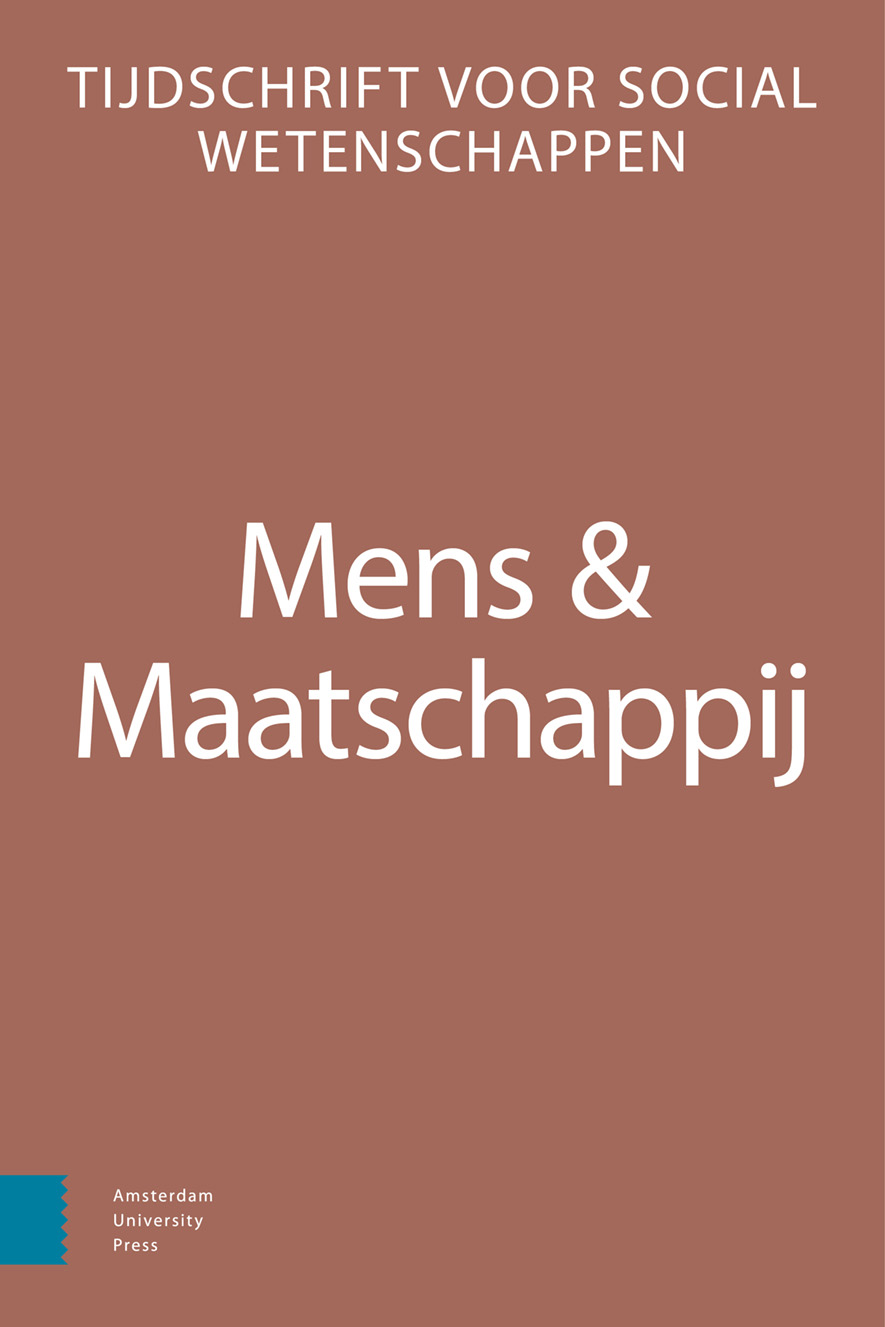-
oa Verbondenheid en lidmaatschapsduur - De leden van de Algemeene Nederlandsche Diamantbewerkersbond (ANDB) in de eerste decennia van zijn bestaan, 1898-1913
- Amsterdam University Press
- Source: Mens & Maatschappij, Volume 88, Issue 3, Sep 2013, p. 300 - 323
Abstract
With the industrialisation of the Netherlands connections between people changed and new organisations were founded. Among these newly established organisations was the General Dutch Diamond Workers’ Union (ANDB). The large majority of the workers in the diamond sector became a member. In this article we focus on the importance of different types of connectedness within this union and sector and the duration of membership in the period 1898-1913 for a random sample of 817 members. We analysed the information from their membership cards with the use of event history analysis to examine which members had a higher chance of resigning, and who had a higher chance of being expelled from the membership list. Jewish members had a higher chance of resigning; they were probably less dependent on the diamond industry in Amsterdam due to their better opportunities to work in the diamond industry in Antwerp. Members unemployed for a longer period of time also had a higher chance of resigning; they had probably lost connection with the sector while membership became financially unattractive. Furthermore, the likelihood to resign or to be expelled decreased as membership length increased. Members whose contribution debt increased had a higher chance of being expelled. Moreover, Jewish members had a lower chance of being expelled, probably due to the religious and/or family connectedness with members of the board and other union members, as about two thirds of union members were Jewish. The difference in the impact of types of connectedness on membership duration might have resulted in some homogeneity among the members within the ANDB.


